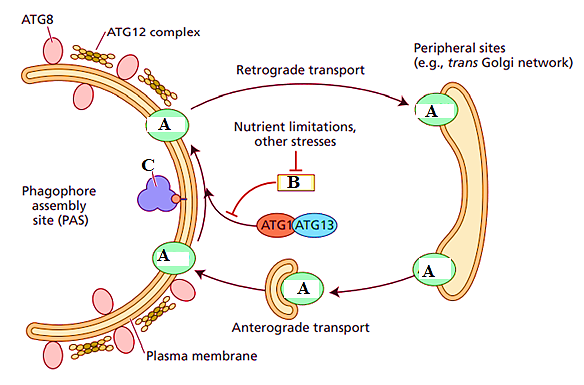#Question id: 6950
#Unit 5. Developmental Biology
In mammalian development, the embryo will form from which population of cells?
#Question id: 6951
#Unit 5. Developmental Biology
In chick development, the cell movement during gastrulation is called:
#Question id: 6952
#Unit 5. Developmental Biology
Which technique is commonly used for gene knock-out in mice?
#Question id: 6953
#Unit 5. Developmental Biology
Maternal factors are:
#Question id: 6954
#Unit 5. Developmental Biology
Between fertilization and the first cleavage division, actin filaments pull the cytoplasm of the frog egg toward the point of sperm entry in a process called:
#Question id: 6955
#Unit 5. Developmental Biology
In frogs, maternally packaged Xwnt-11 leads to nuclear localization of _____ in the _____, which in response signals to adjacent cells to become the _____.

